Your cart is currently empty!
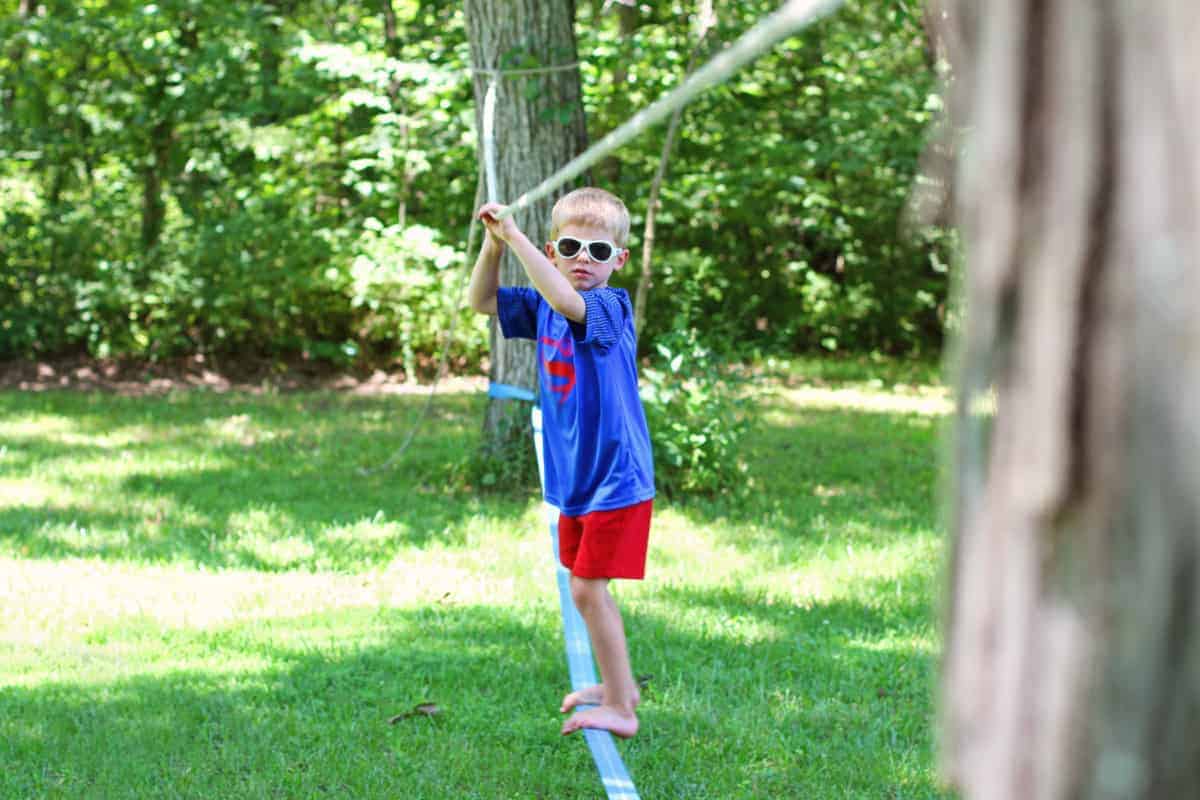
Slacklining for Kids
Slacklining is a perfect way for kids of all ages to hone balancing skills while building core strength and confidence. My son received a slackline as a gift this past Christmas and we’ve had so much fun using it these last few months. Slacklining is one of my kids’ favorite backyard activities and I’m blown away by how much time they spend on it daily, balancing, bouncing and playing games. Today, we’re walking you through the basics of slacklining for kids and why it’s a great product to add to your backyard activities.
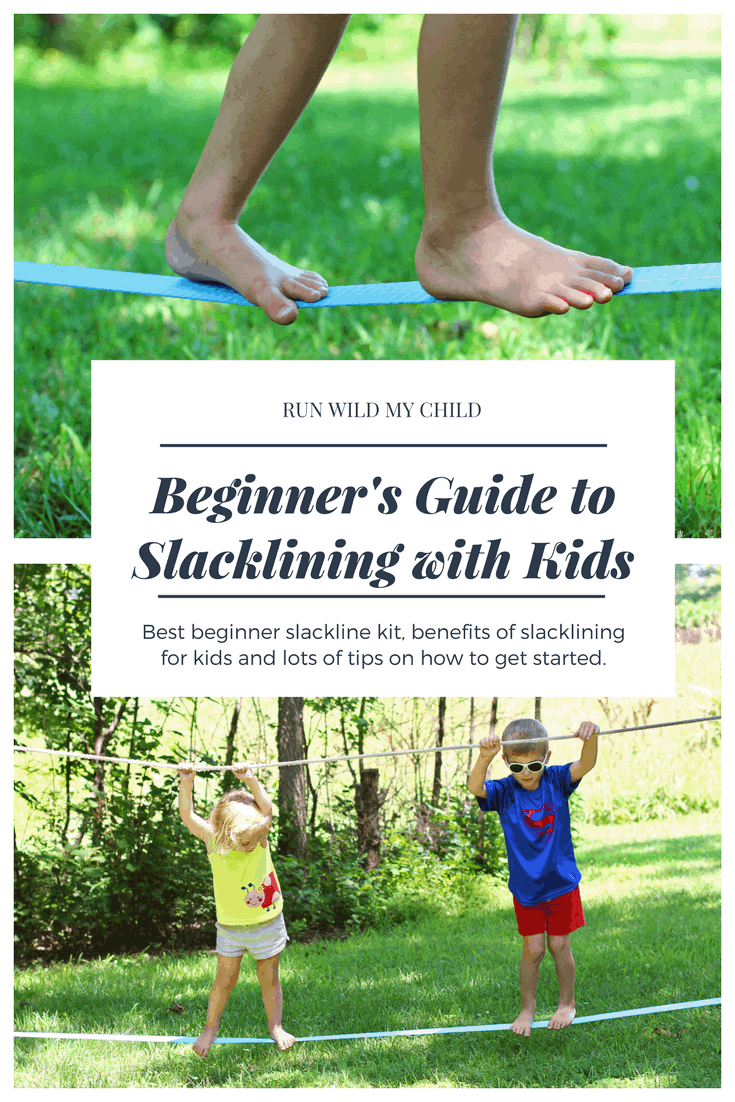
What is a slackline?
A slackline is a two-inch-wide nylon webbing strip with a ratchet tensioning system. Some slacklines have a bit of a rubber coating to make learning to balance on it easier. Most slacklines attach easily to trees with no additional tools or rigging needed. Some come with an extra training line (help-line) to hold on to from above, which is great for beginners and helps encourage the correct arm position. Some also include protective tree pads, instruction manuals, and a carrying bag. You can get them in a variety of lengths and a beginner kit ranges from $40 – $100. This Flybold slackline kit comes with everything you need to get started at a decent price point.

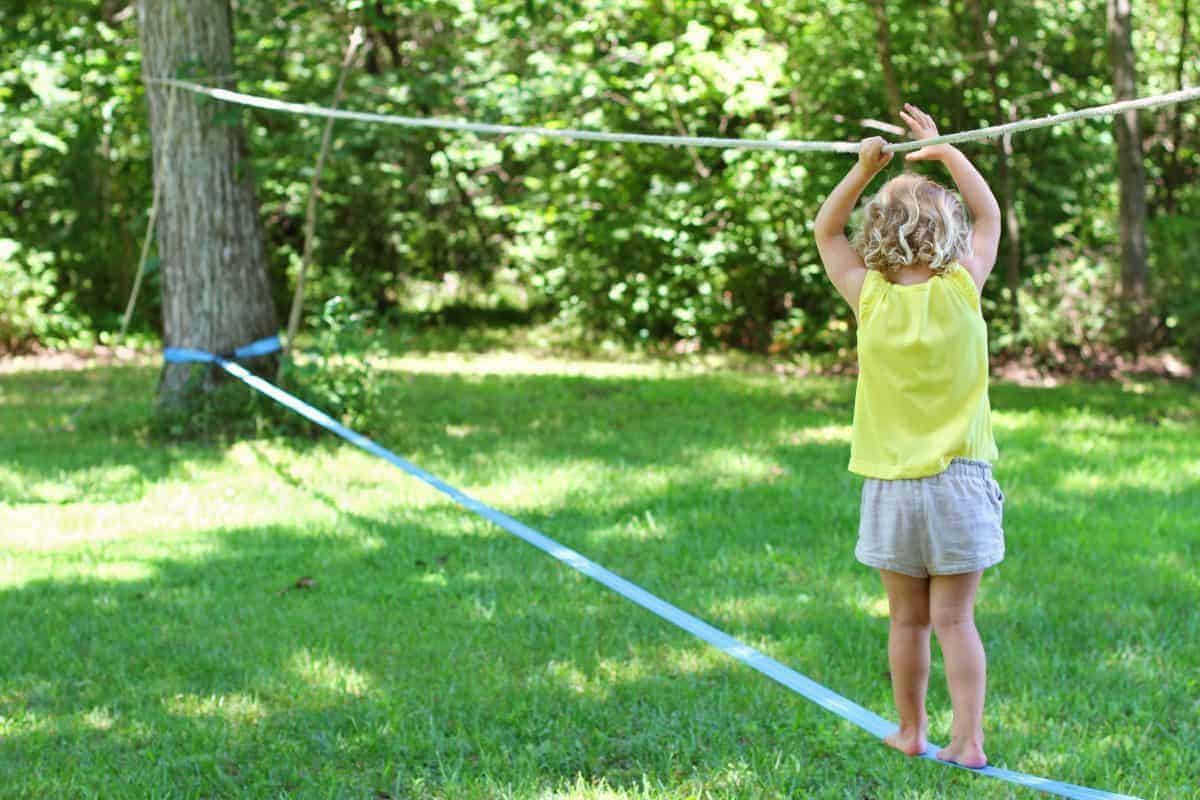
Benefits of slacklining
Kids absolutely love slacklines – they incorporate so many of the things kids find fun: balance, falling, bouncing, physical challenge. Slacklining helps build their core strength and balance, improves focus and confidence and is a total body workout. It also get kids outside and keeps them active!
- Develops balance
- Improves core strength
- Total body workout
- Improves stability muscles
- Rehabilitation and injury prevention
- Improves focus
- Develops coordination
- Gets you outside


Perfect for backyards
Slacklining can be done anywhere, which is another reason why it is becoming so popular! All you need is a slackline and a couple of trees or posts. You can easily put up a slackline in your own backyard, at the park or on a camping trip. The slackline is tethered to two trees like a tightrope, but is flat, stretchy and bouncy. Most slacklines are very long, so you can ratchet the line to fit any distance. If you don’t have two trees, you can use posts or even purchase a portable slackline rack.
Tips for beginner slackliners:
- Position the slackline very low to the ground so kids won’t get hurt if they fall off
- Ratchet the slackline as tight as possible (although a little slack makes it easier to walk across)
- Keep your eyes up and not looking down at your feet
- Start by balancing on one leg at a time (count to 100 then switch)
- Learn to balance on each foot before starting to walk
- Go barefoot to help with grip
- To minimize the bounce, have an adult sit on one end of the line
Take it up a notch
Surprising to me, there’s actually a lot of things you can do on a slackline. In addition to the obvious walking across it, you can balance on one foot, walk sideways, walk backwards, bounce on it, do turns, sit on it or jump onto it. My kids play games on the slackline (who can bounce the highest), they challenge each other and incorporate it into backyard obstacle courses they set up. The possibilities are endless. My kids also like to time each other and see who can walk across the fastest and who can balance on one leg the longest. Once children gain confidence on the slackline, they can try teaching themselves slackline stunts or raise the slackline higher, to make it harder to balance.
If you really want to up the ante, try adding a ninja ropes course slackline. This will help improve hand strength (great for helping little ones with writing), upper body strength, coordination and confidence.
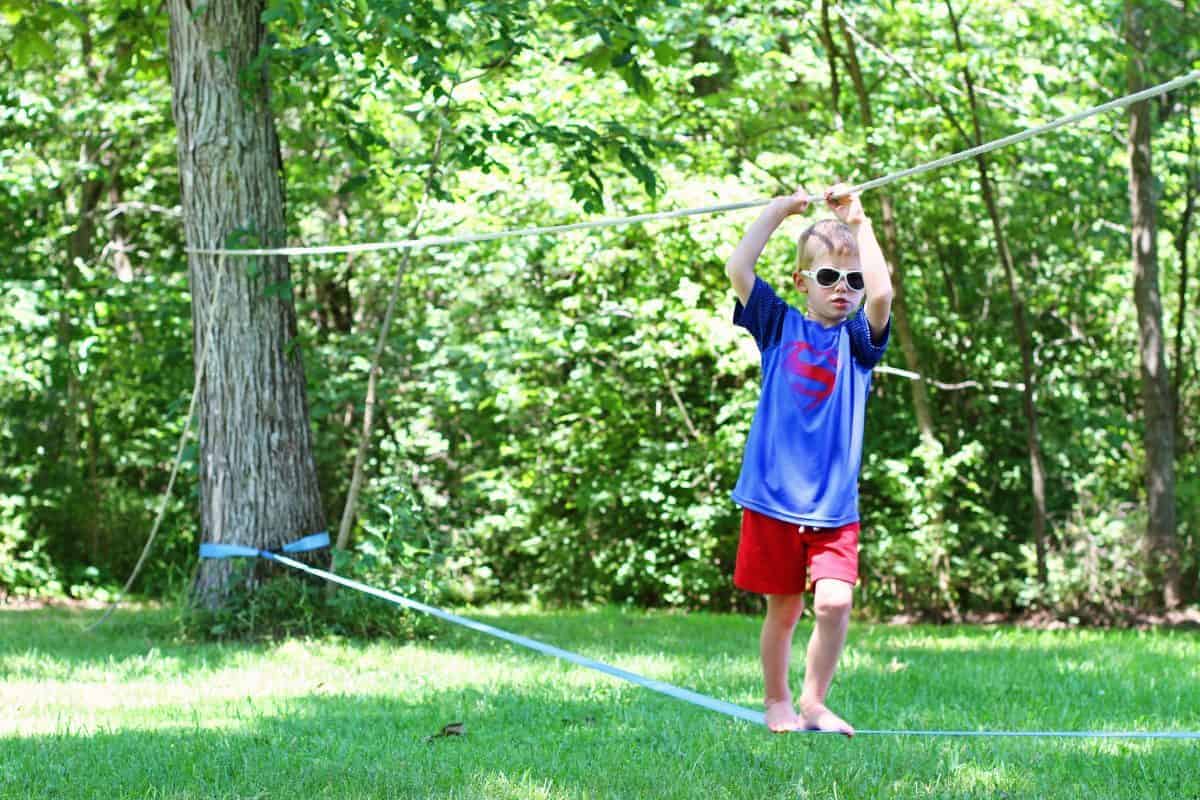

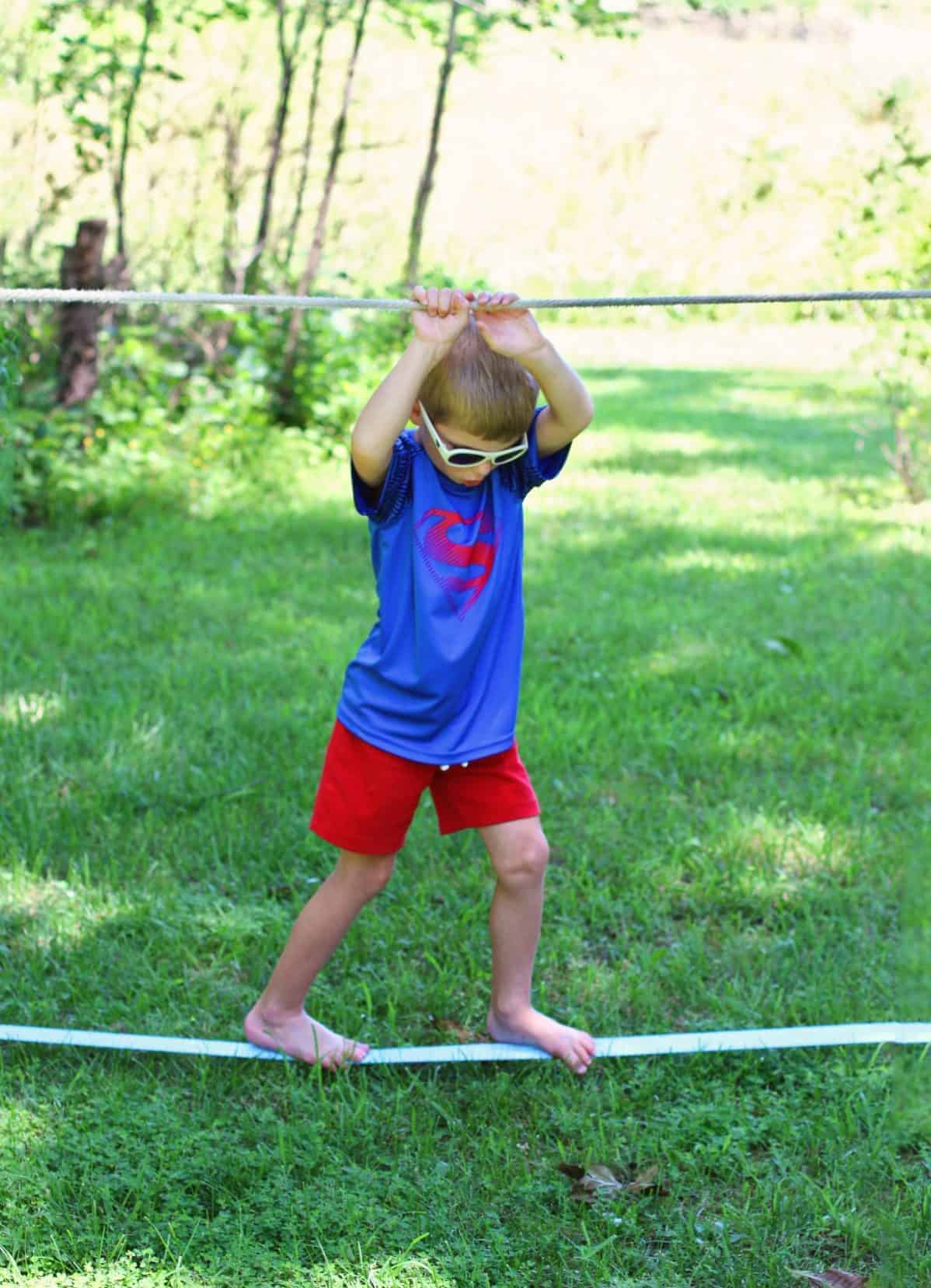
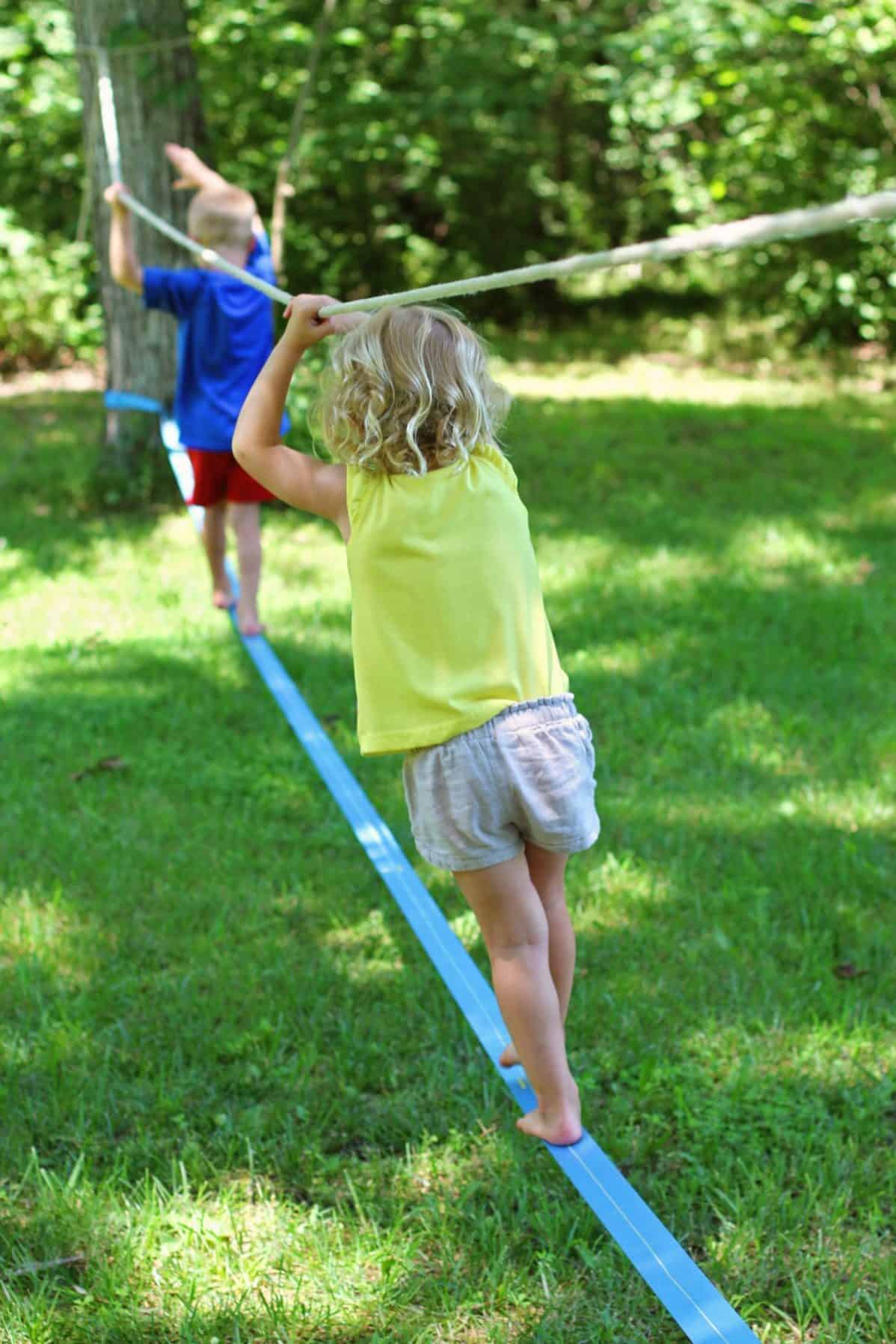
Have you or your kids ever tried slacklining?
Comments
14 responses to “Slacklining for Kids”
Ive never thought of this as a kid activity but look at Mac and Mim go!! Im definitely looking into this.
Your kids will love it! It’s definitely surprised me with how much time my kids play on it. They can’t get enough!
Hi! This is such a great idea! We have a 6 feet wide side yard with a decent length. There’s a tall wooden fence/wall on either ends. How would you recommend putting this up safely in that kind of a setting? Thanks!
Hi, Thanks for your great article. I think an ideal slackline for kids should be less stretchy (so easier to control and learn on), safe and easy to set up. Based on these requirements we would recommend you these lines – all of them are 2 inches wide (so comfortable to walk even for small children) and offer the popular 2-part setup system. Safety features include durable material and ratchet with a safety lock. Am I right?
Great article! Your mobile site has a huge logo across the top of the screen. Just FYI – could use a look.
I just bought a slackline for our pool – going to attach it to the lane line anchors. It will only be the slackline bc we don’t have anything to attach the training line to. Hope it’s fun!!
[…] Slacklining is a perfect way for kids of all ages to hone balancing skills while building core strength and confidence. Slacklining is one of my kids’ favorite backyard activities and I’m blown away by how much time they spend on it daily, balancing, bouncing and playing games. This is a great beginner slackline kit and we’ve got an awesome post on slacklining with kids. […]
[…] Slacklining is a perfect way for kids of all ages to hone balancing skills while spending time outside, building core strength and confidence. Slacklining is one of my kids’ favorite backyard activities and I’m blown away by how much time they spend on it daily, balancing, bouncing and playing games. This is a great beginner slackline kit and we’ve got an awesome post on slacklining with kids. […]
[…] keeps young people busy and sets achievable challenges. Kits are easy to source, and there is information to help adults get their children started. Plus, it is an activity that can easily be transported, […]
[…] A slackline is a two-inch-wide nylon webbing strip with a ratchet tensioning system that kids (and adults) can walk or bounce on. Most slacklines attach easily to trees with no additional tools or rigging needed. Slacklining is a perfect way for kids of all ages to hone balancing skills while building core strength and confidence. Slacklining is one of my kids’ favorite backyard activities and I’m blown away by how much time they spend on it daily, balancing, bouncing and playing games. This is a great beginner slackline kit and we’ve got an awesome post on slacklining with kids. […]
[…] Slackline: Slacklining is a great activity for kids because it requires concentration, balance, and core strength, plus all you need is a kit like the ZenMonkey Slackline Kit and two trees for hours of fun. If you need info on how to get started, check out this Beginner’s Guide to Slacklining with Kids. […]
[…] Source: runwildmychild.com […]
[…] Source: runwildmychild.com […]
[…] Slacklining is all about balance, both building and maintaining it. Core strength is also necessary, however, and kids who engage with this sport find themselves becoming stronger with each pass across the line. For children who don’t get frustrated easily, this sport is a boon. More often than not, kids enjoy the unique challenge of staying upright while performing tricks or simply walking the line. […]

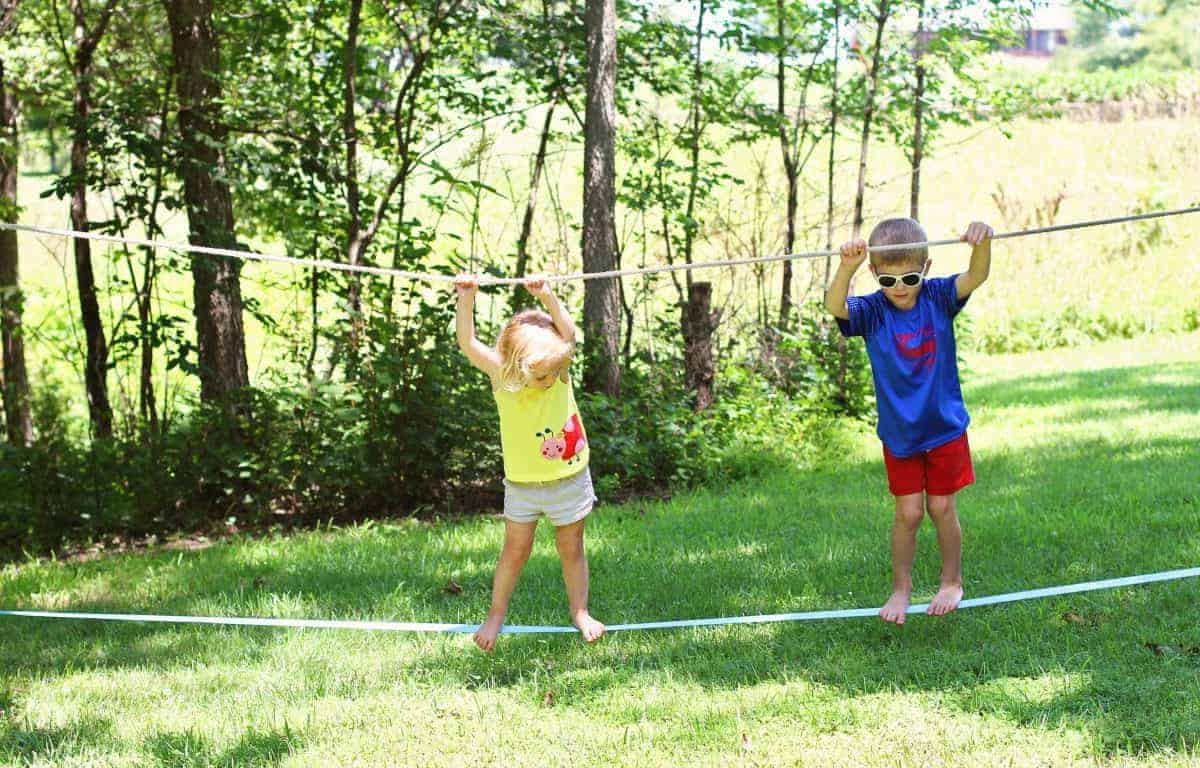
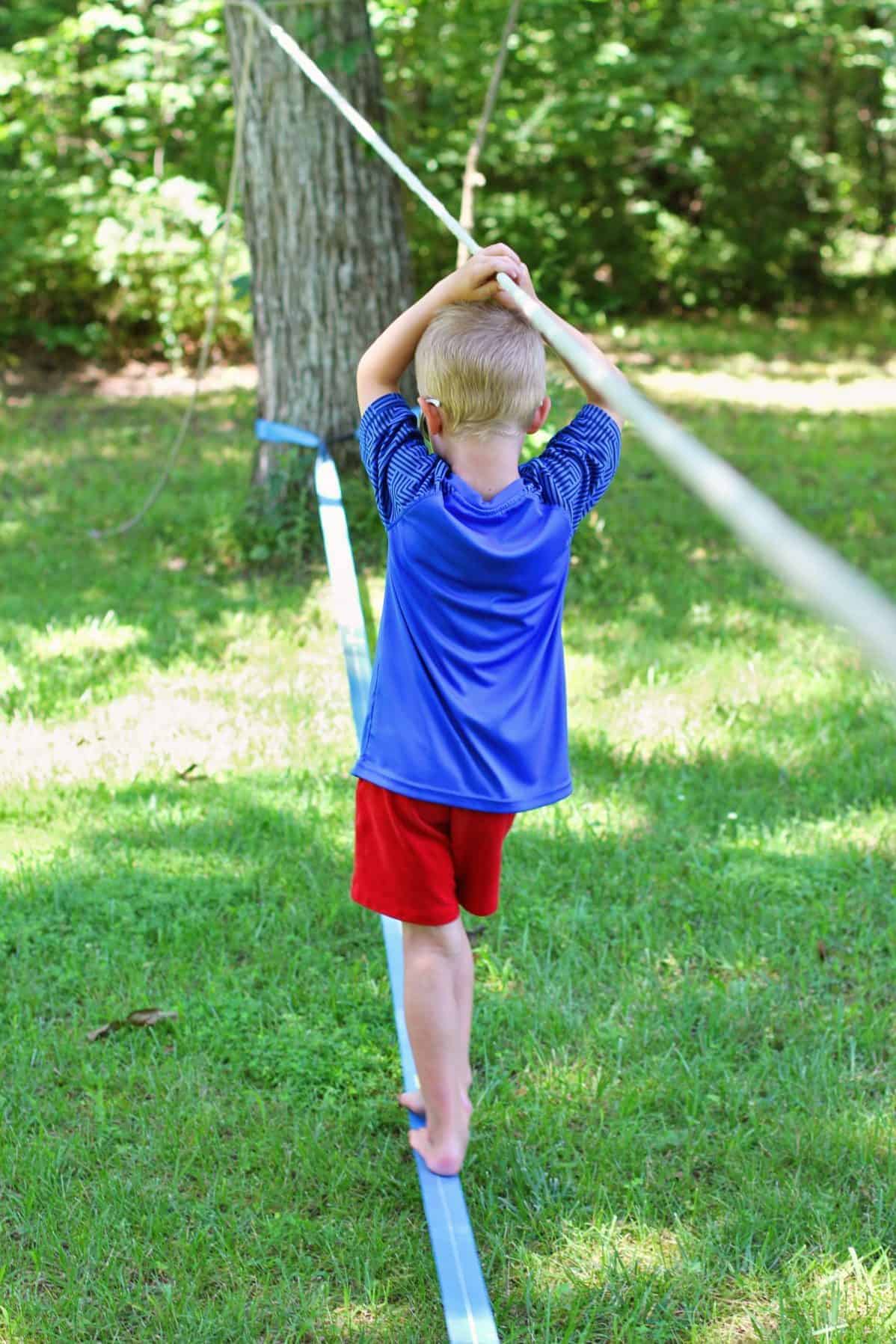
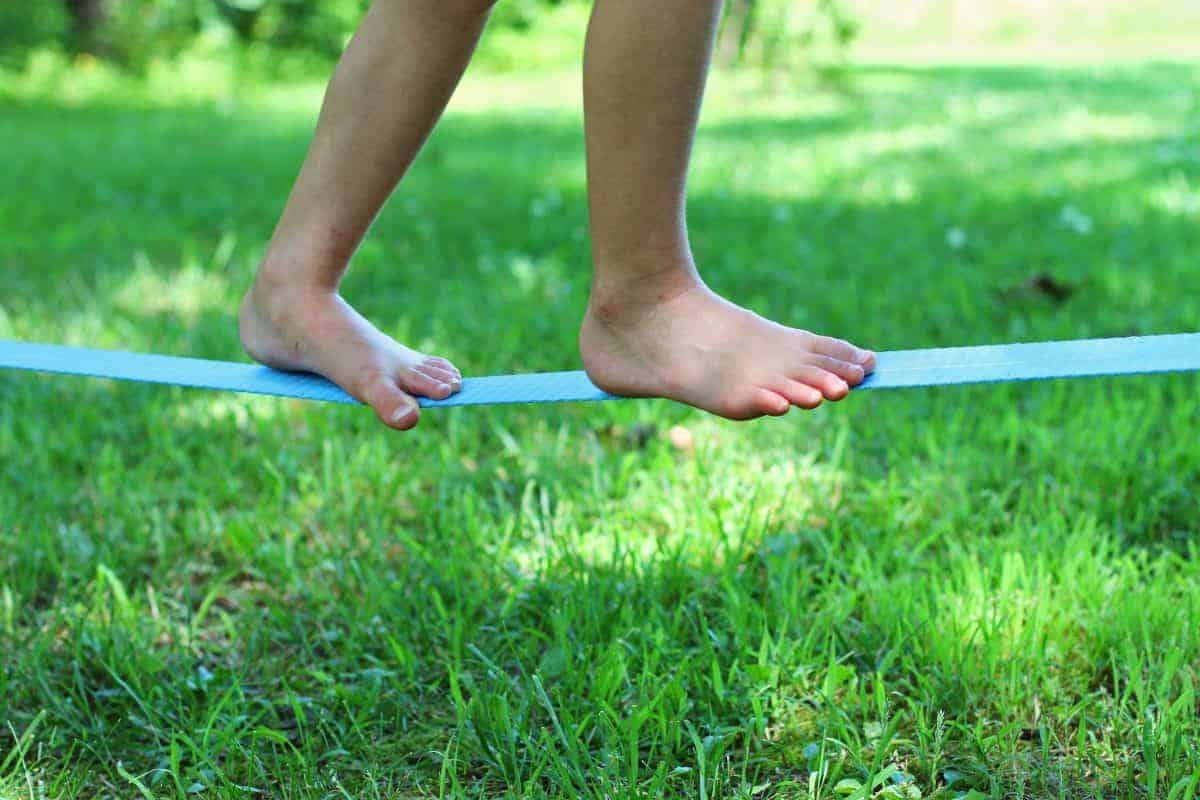
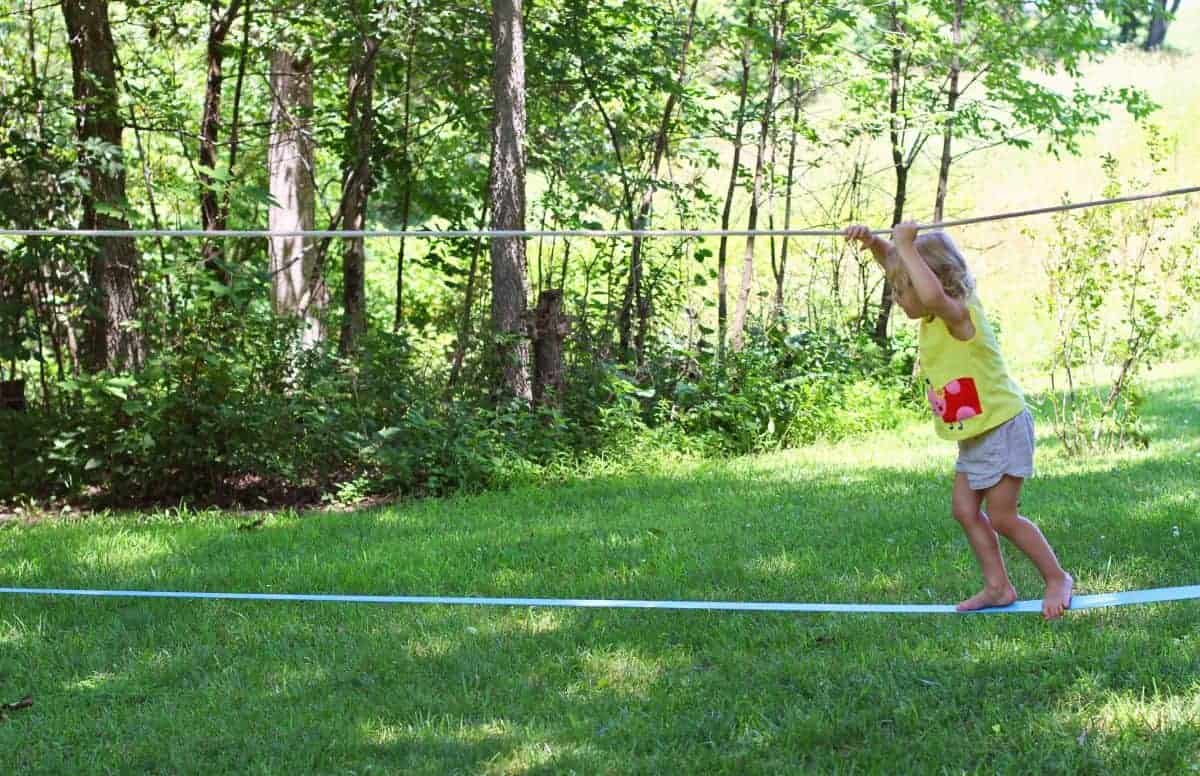
Leave a Reply